Quito Historic Center
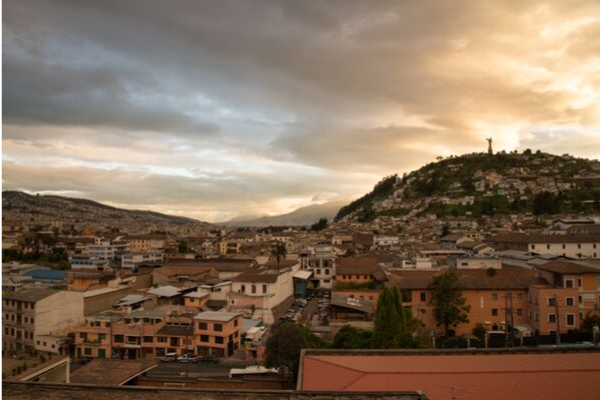
Quito has the largest, least-altered, and best-preserved historic center in the Americas. This center was, together with the historic center of Kraków in Poland, the first to be declared a World Heritage Site by UNESCO on 18 September 1978. The Historic Centre of Quito is located in the center south of the capital on an area of 320 hectares (790 acres) and is considered one of the most important historic areas in Latin America. There are about 130 monumental buildings (which host a variety of pictorial art and sculpture, mostly religion-inspired, in a multi-faceted range of schools and styles) and 5,000 properties registered in the municipal inventory of heritage properties.
Carondelet Palace
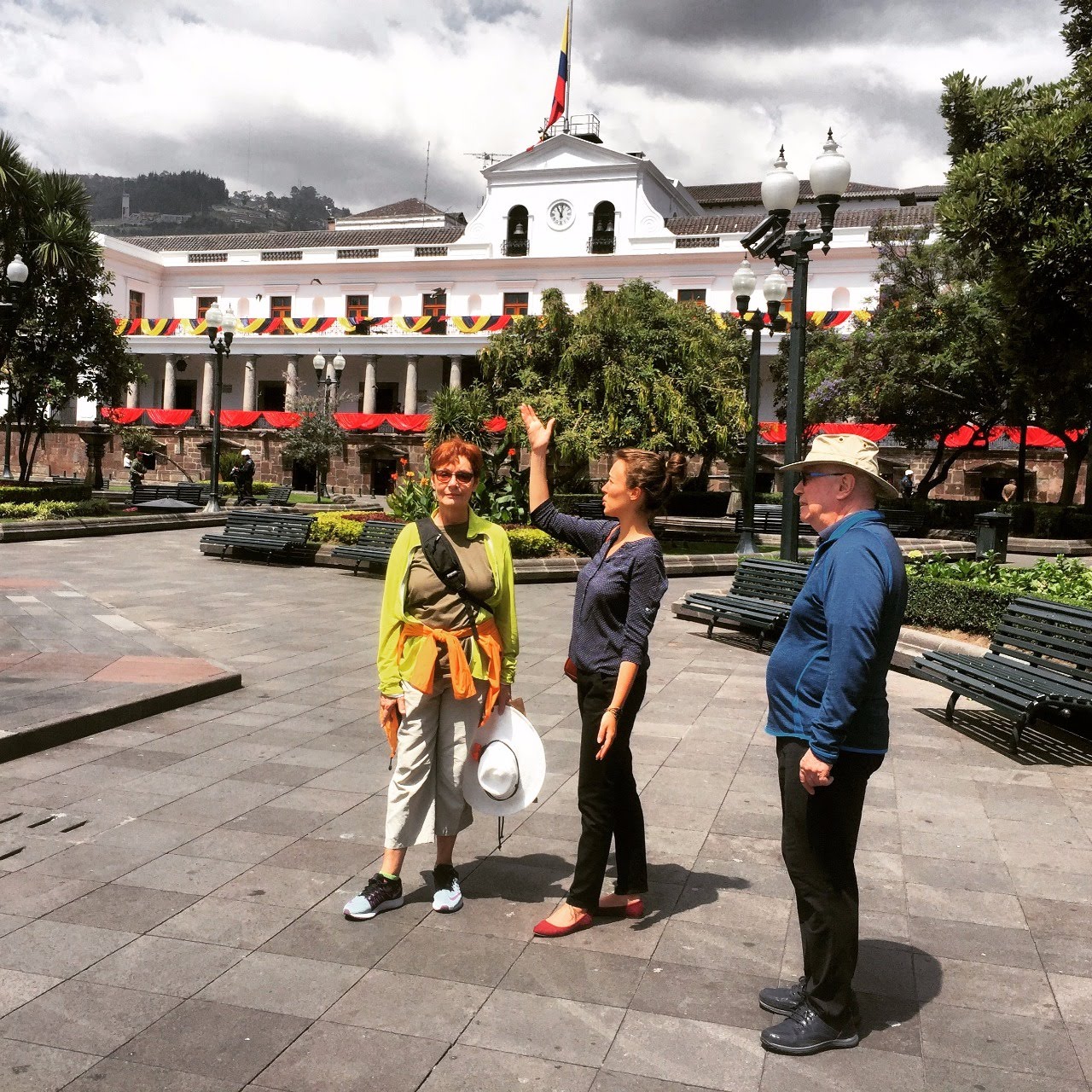
Carondelet Palace (Spanish: Palacio de Carondelet) is the seat of the government of the Republic of Ecuador, located in the historical center of Quito. The palace is in the nerve center of the public space known as Independence Square or Plaza Grande (colonial name), around which were built in addition to the Archbishop’s Palace, the Municipal Palace, the Hotel Plaza Grande, and the Metropolitan Cathedral. During the Republican era, almost all the presidents (constitutional, internees, and dictators) were dispatched from this building, which is the seat of the Government of the Republic of Ecuador. In addition to the administrative units on the third level of the Palace is the presidential residence, a luxurious colonial-style apartment in which the President and his family used to live. Rafael Correa, president from 2007 to 2017, converted the presidential compound into a museum accessible to all who wish to visit it.
Basilica del Voto Nacional
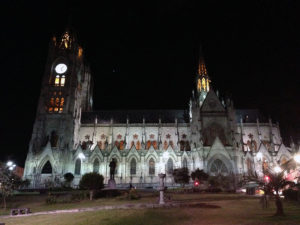
This monumental Basilica del Voto Nacional is the most important Neo-Gothic building in Ecuador and one of the most representative of the American continent. It was once the largest in the New World.
.
Cathedral of Quito
The Cathedral of Quito is one of the largest religious symbols of spiritual value for the Catholic community in the city. This church began its construction in 1562, seventeen years after the Diocese of Quito was created (1545). The church building was completed in 1806, during the administration of President of the Real Audiencia Baron Héctor de Carondelet.
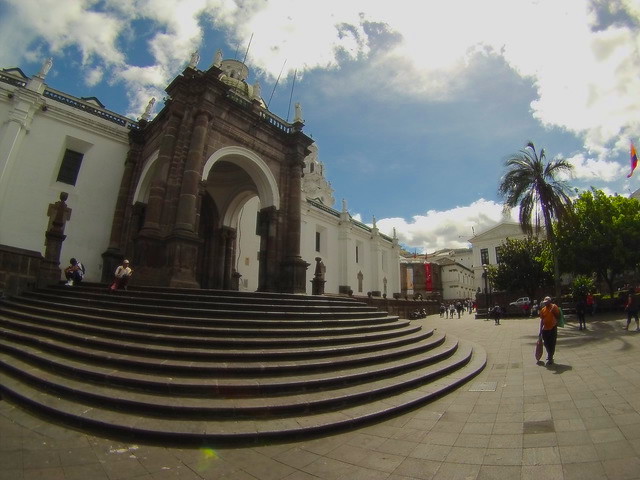
One of the events that took place in this cathedral was the murder of the Bishop of Quito, José Ignacio Checa y Barba, who during the mass of Good Friday on 30 March 1877 was poisoned with strychnine dissolved in the consecrated wine. The cathedral is also the burial place of the remains of Grand Marshal Antonio José de Sucre and also of several presidents of the Republic, as well as of bishops and priests who died in the diocese. The cathedral is located on the south side of the Plaza de La Independencia.
Church of La Compañía de Jesús

The Church of La Compañía began construction in 1605; it took 160 years to be built. By 1765, the work was completed with the construction of the façade. This was done by Native Americans who carefully shaped the Baroque style in one of the most complete examples of this art in the Americas.
El Panecillo
El Panecillo is a hill located in the middle west of the city at an altitude of about 3,016 meters (9,895 ft) above sea level. A monument to the Virgin Mary is located on top of El Panecillo and is visible from most of the city of Quito. In 1976, the Spanish artist Agustín de la Herrán Matorras was commissioned by the religious order of the Oblates to build a 41 meters (135 ft)–tall aluminum monument of a Madonna, which was assembled on a high pedestal on the top of Panecillo. The statue of the Virgin on the Panecillo is a replica of a sculpture made by Bernardo de Legarda in 1732. This monument is also called Virgen de Legarda or Virgen del Panecillo.
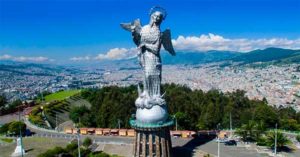
Church of San Francisco
San Francisco is the largest of the existing architectural ensembles in the historic centers of cities in Latin America. The construction of the church began in 1550, on land adjacent to the plaza where the Native Americans engaged in the barter of products.
Church of El Sagrario
In colonial times, the Church of El Sagrario was one of the largest architectural marvels of Quito. The construction is of the Italian Renaissance style and it was built in the late 17th century. It has a screen that supports its sculptures and decorations. This structure was built by Bernardo de Legarda. Its central arch leads to a dome decorated with frescoes of biblical scenes featuring archangels. It was done by Francisco Albán. The altarpiece was gilded by Legarda. It is located on Calle García Moreno, near the Cathedral.
Church of Santo Domingo
Although they arrived in Quito in 1541, in 1580, the Dominicans started to build their temple, using the plans and direction of Francisco Becerra. The work was completed in the first half of the 17th century. Inside the church are valuable structures, such as the Neo-Gothic main altar. This was placed in the late 19th century by Italian Dominicans. The roof of the Mudéjar style church features paintings of martyrs of the Order of Saint Dominic. The roof of the nave is composed of a pair and knuckle frame, coated inside by pieces of tracery. In the museum located on the north side of the lower cloister are wonderful pieces of great Quito sculptors such as the Saint Dominic de Guzmán by Father Carlos, the Saint John of God by Caspicara, and Saint Thomas Aquinas by Legarda. Another Baroque piece that stands is the Chapel of Nuestra Señora del Rosario, which is a recognizable feature of the architecture of Quito. This chapel was built beside the church, in the gospel side. In this was founded the largest fraternity in the city of Quito.
Rumicucho Inca Ruins
The site was probably occupied by pre-Inca cultures, with the Incas adding their customary styles to the existing buildings and walls, Its setting identifies it as a crossroads as well as being a fortress. Rumicucho is one of the few Pucarás in Ecuador where a substantial amount of Inca material has been found, including domestic items such as cloth, ceramic pots for making Chicha, the fermented Inca drink, implements made of camelid bone, seashells, and metal objects. Rumicucho was a multi-functional base for residence and ceremonies and control of transit and trade as well as defense.
The archaeological site consists of 5 terraces stair-stepping up the hill, each with its own particular purpose. The first and second terraces were used for rituals and feasts; the third terrace was for ceremonies, and terraces one and two were probably used for housing and workshops.
Rumicucho was also probably used for astronomy and to observe solar events. It is about 1 kilometer (0.62 mi) from the equator and lines up precisely with the snow-capped volcanoes Cayambe 50 kilometers (31 mi) east and Cotopaxi, 80 kilometers (50 mi) to the south, suggesting that it was a sacred site. The Incas and pre-Inca peoples had extensive knowledge of astronomy and often located their installations in places appropriate for observations of solar events, including the equatorial solstice, which they called “the day when a man has no shadow.

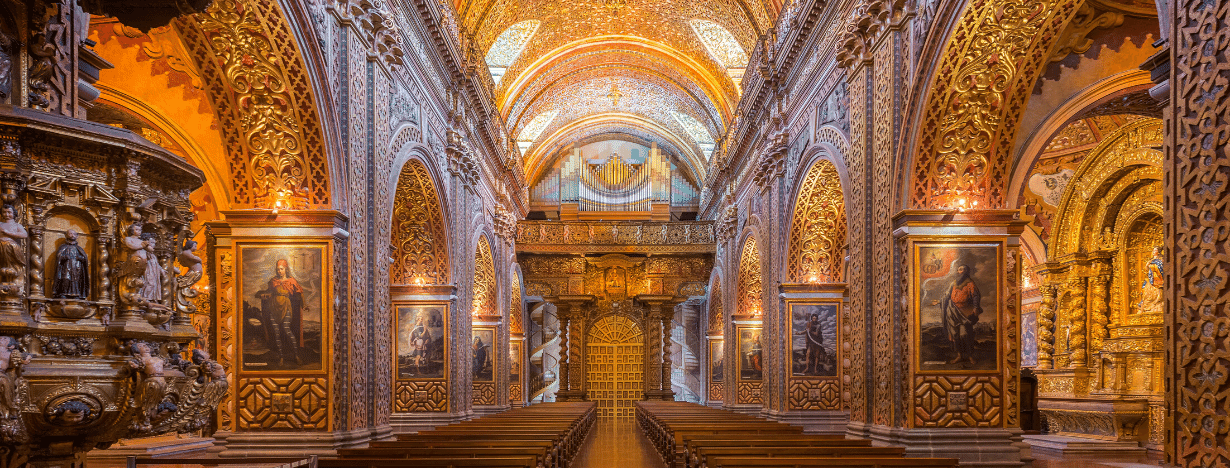






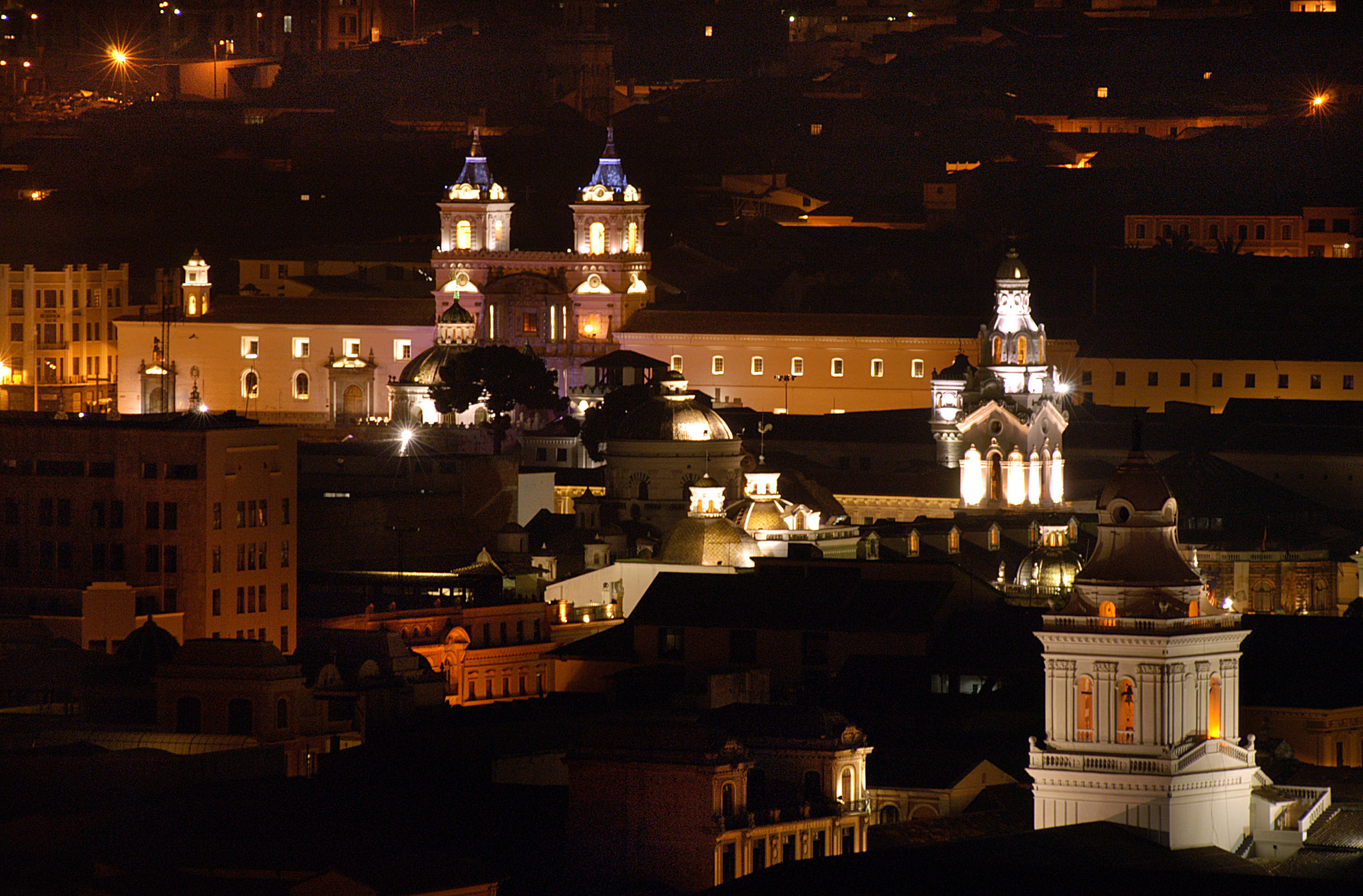
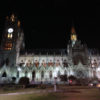
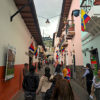

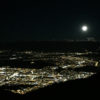
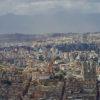
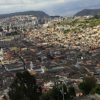
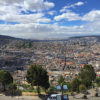
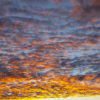
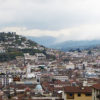
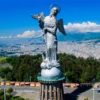
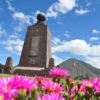
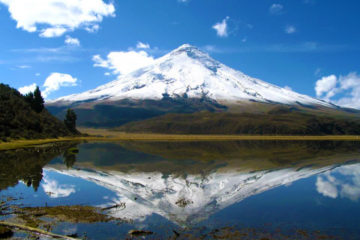
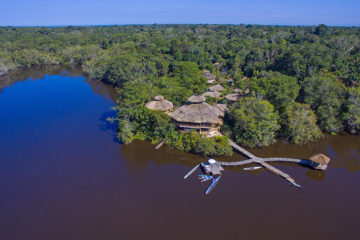
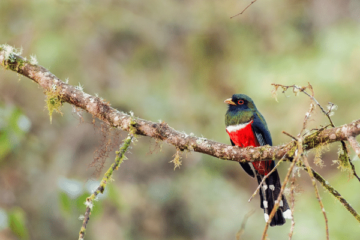
Tour Reviews
There are no reviews yet.
Leave a Review